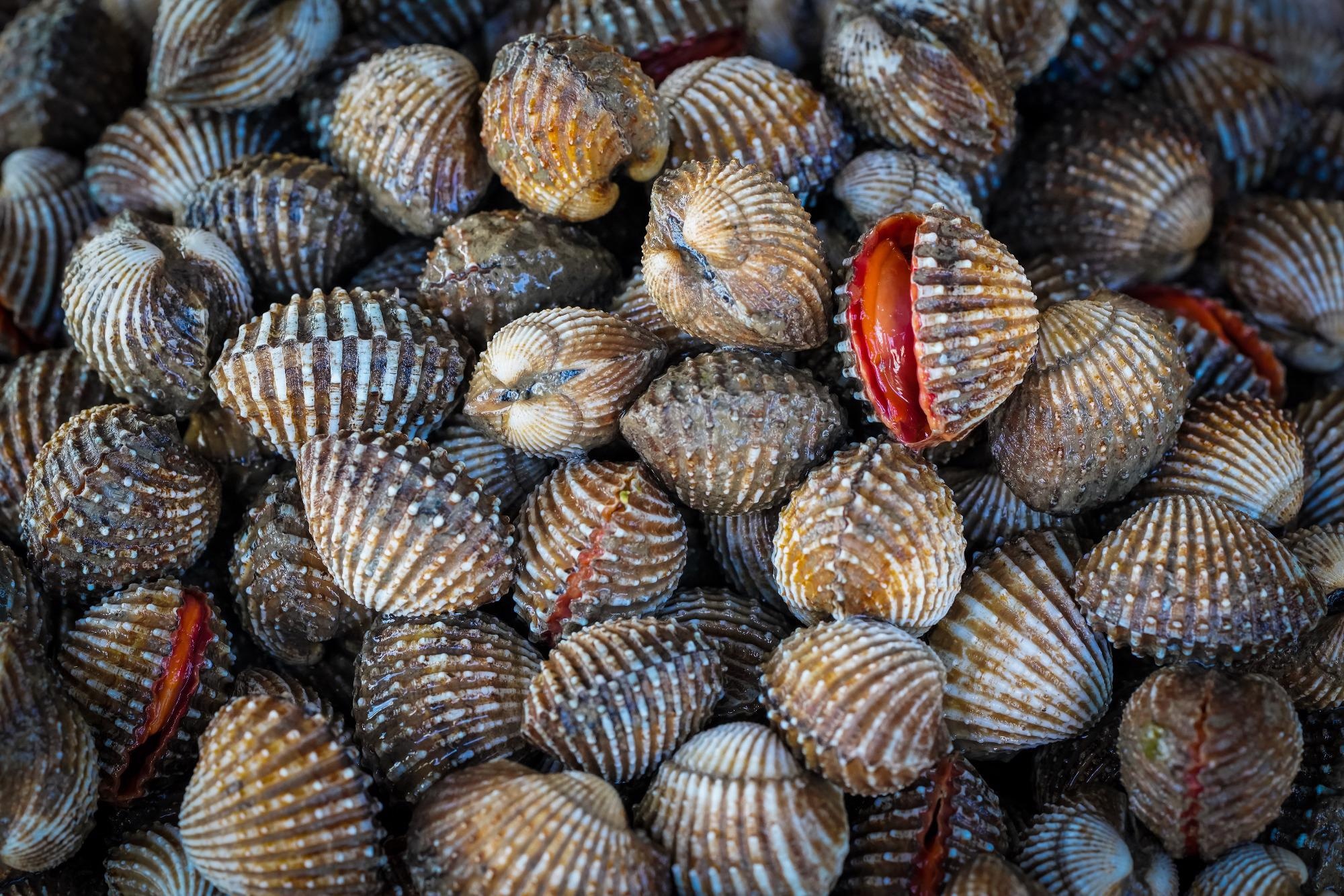Thanks to the proximity to the sea, Californians are able to enjoy locally procured mussels, oysters, clams and abalone. The majority of the shellfish eaten originate from aquaculture farms throughout the coast—from San Diego to Humboldt County. These animals are filter feeders as they siphon minute plankton from the marine water, thus growing them is environmentally friendly.
 Image Credit: Shutterstock.com/ Chadchai Krisadapong
Image Credit: Shutterstock.com/ Chadchai Krisadapong
However, because of increasing greenhouse gas emissions, the sea has gotten more acidic, making it an unfriendly environment in which to grow the shellfish.
There have been calls across the state and across the US to increase aquaculture output because it's so sustainable. But then at the same time, it's a very vulnerable industry.
Melissa Ward, Postdoctoral Fellow, San Diego State University
In new research, scientists from SDSU and Oregon State University talked to California shellfish growers to learn how they view ocean acidification and what approaches they believe will aid their operations to adjust to varying ecological conditions.
This study is fairly unique in that we're getting information directly from the people who are being affected by change and learning directly from their experiences.
Arielle Levine, Geographer and Director of Sustainability Program, College of Arts and Letters, San Diego State University
Ward added: “They're on the front lines of observing climate change and they also are going to be most well-suited to describe what they think they need to adapt to those changes.”
Growing Threat
The burning of oil, coal, and natural gas releases carbon dioxide (CO2) and other greenhouse gases into the air. Approximately a third of that CO2 is captured by the ocean, decreasing pH levels.
When the water becomes more acidic, the calcium carbonate that the shellfish require for their shells reduces.
“And so they're basically running out of building blocks to build shell with,” said Ward. “And that can be particularly challenging for a very very small shellfish that’s just forming.”
The majority of shellfish are bred in hatcheries based on land. When they are approximately the size of a fingernail, they are shifted to floating nurseries in the sea.
“And at that point, they're just sort of subjected to whatever conditions and whatever food floats by in the water,” said Ward.
If there is acidity in the water, then the baby shellfish may grow slower than normal, or even die, making it tougher for aquaculture farms to stay feasible.
Strategies for Adaptation
Interviews with shellfish growers showed that while they are worried about the effect of ocean acidification on their business, they frequently lack the scientific tools to know when it is taking place.
These growers also are concerned about other environmental hazards like heavy rainfall, warmer water and pollution—which all add to the spread of oceanic diseases—as well as deadly algal blooms.
Sometimes, growers would lose 90, 100% of their shellfish in a given area, and they won't really know why. It's sort of a story of multiple stressors; you can imagine a time when the water is particularly warm or there's a rainfall event, and ultimately you may reach a tipping point that the shellfish in the water just can't remain resilient to.
Melissa Ward, Postdoctoral Fellow, San Diego State University
Several growers stated they would like access to scientific resources to identify the environmental issues causing large die-off events and potentially stop them.
Policy Change
The entire shellfish business community felt regulatory and permitting regulations for shellfish operations had to be modified to respond to the swiftly altering environment. For instance, it might be sensible to diversify a shellfish operation by breeding a new species better adjusted to marine acidification. But procuring the necessary permits for that can be time-consuming.
California is likely the hardest state to get a permit for shellfish aquaculture, which is seemingly at odds with the messaging that's coming down from the top.
Melissa Ward, Postdoctoral Fellow, San Diego State University
Although state leaders know shellfish aquaculture is sustainable and a prospect for economic growth, it can take many years and hundreds of thousands of dollars for a grower to get a license for a new species.
“And they just can't afford that time and money. We need to maintain the environmental protections that we have in California, but if we really want the industry to be resilient to environmental change, we have to kind of allow for flexibility in farm management,” Ward added.
Another adaptive approach recognized by shellfish growers was a need for more networking options—not only with other growers but also with scientists, managers, and policymakers—to share data and best practices for adjusting to environmental variations.
This research has been published in the journal Ocean & Coastal Management. The scientists hope it will be a roadmap for enhancing the resilience of the aquaculture sector in California.
“This work really draws a connection between environmental change that's happening and will continue to happen, and how that's not just affecting the species in the ocean, but also the people who rely on these species,” said Levine.
Shellfish Farmers Adapt to Changing Ocean Conditions
California oyster farmers in Tomales Bay. Video Credit: Remy Hale.
Journal Reference:
Ward, M., et al. (2022) California shellfish farmers: Perceptions of changing ocean conditions and strategies for adaptive capacity. Ocean & Coastal Management. doi.org/10.1016/j.ocecoaman.2022.106155.